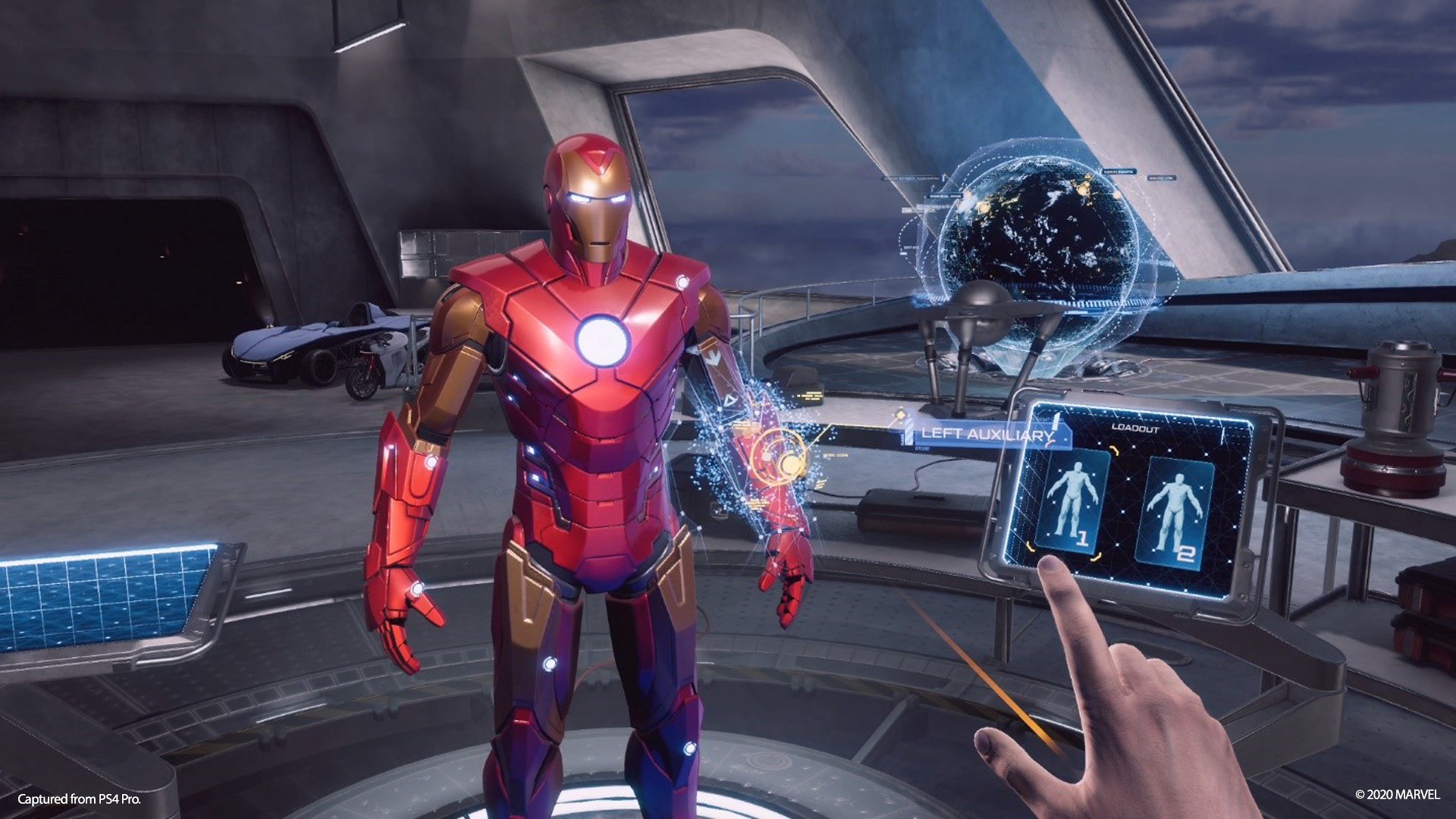
Creating a virtual reality game is an intricate fusion of technology, storytelling, and immersive interaction. It all starts with an idea—whether it’s a post-apocalyptic survival game or a whimsical puzzle adventure, everything begins with a concept rooted in presence and user experience.
Game developers must rethink traditional mechanics to fit VR. Movement, for example, must feel natural and not cause motion sickness. Every element—from hand tracking to object interaction—requires precision and constant testing. Tools like Unity and Unreal Engine play a pivotal role, providing frameworks for realistic physics and spatial audio.
Character animation, sound design, and level architecture are also adapted for 360-degree spaces. Designers work closely with programmers to ensure that performance is optimized, especially for standalone headsets. Balancing visual fidelity with smooth gameplay is one of the biggest challenges in VR production.
Behind every successful VR title is a dedicated team experimenting, adjusting, and constantly learning. It's an evolving field where creativity and innovation go hand in hand with technical mastery.
05 Comments
This was a fantastic read! I never realized how much thought goes into user comfort in VR design.
I’m working on my own VR prototype—this article gave me fresh insight into performance optimization.
Thanks for breaking this down. Spatial audio is so underrated but makes such a big difference in VR.
I’ve always wondered how VR devs prevent motion sickness—good to know it’s part of early design thinking!
This makes me appreciate VR games so much more. Big shoutout to the developers pushing boundaries!